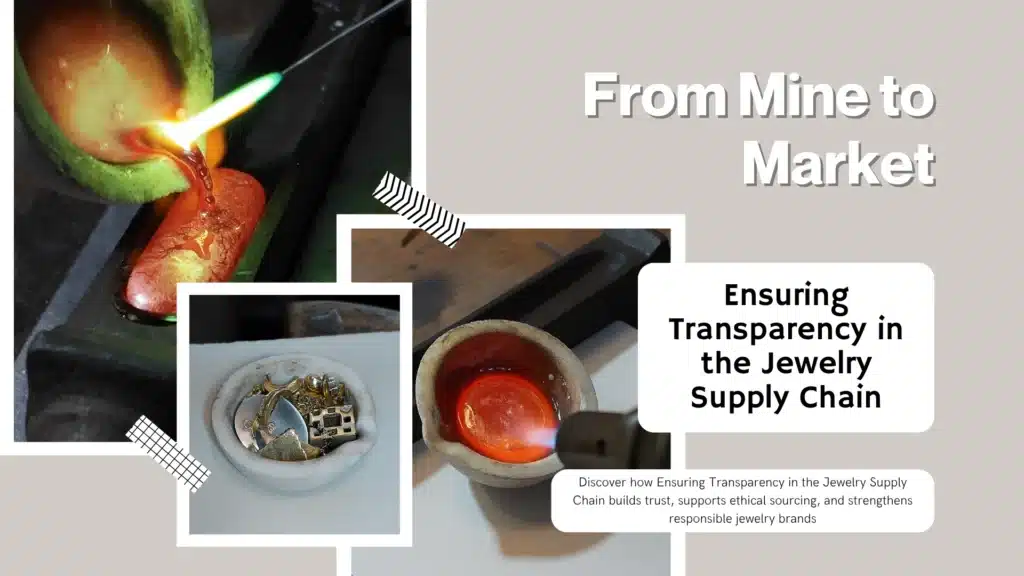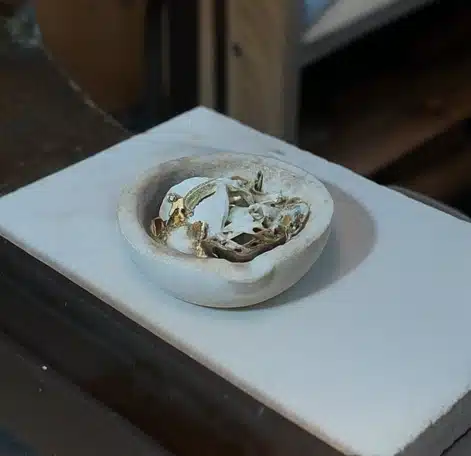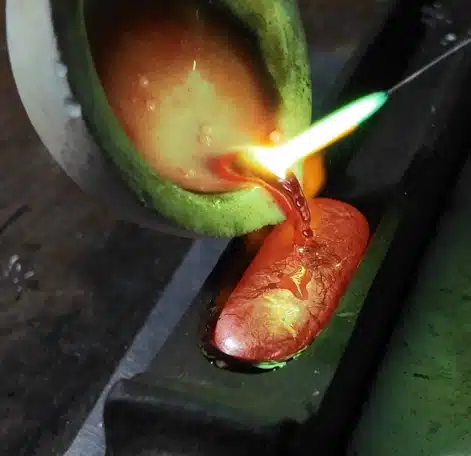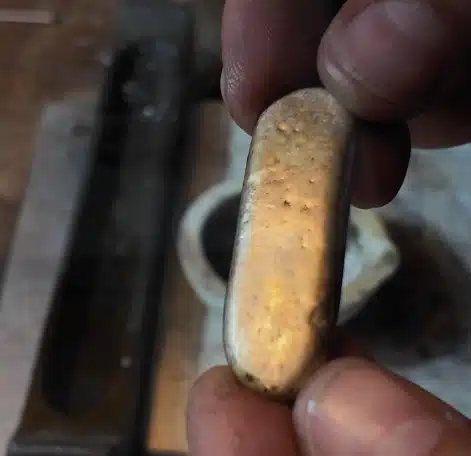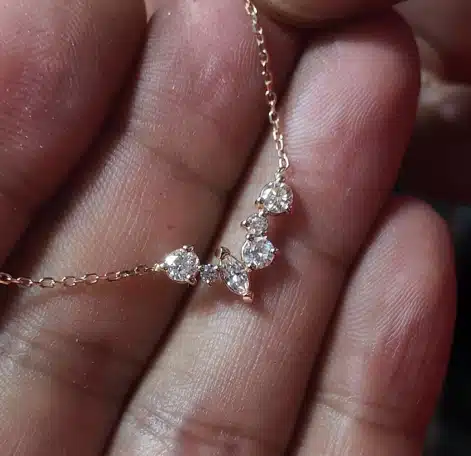In the modern jewelry world, customers expect honesty, fairness, and clarity. They want to know where metals and stones come from, how they are processed, and who is involved in each step. This is why Ensuring Transparency in the Jewelry Supply Chain has become essential for brands. It builds trust, strengthens reputation, and supports ethical practices. Transparency turns a beautiful piece of jewelry into a responsible choice.
The journey of jewelry begins long before a design reaches a workshop. It starts with mining, sorting, and refining raw materials. Ensuring Transparency in the Jewellery Supply Chain means sharing clear information about where silver, gold, diamonds, and gemstones originate. Brands must show that materials come from responsible sources—not conflict zones or unsafe mines. This clarity protects workers, communities, and the environment.
As awareness grows, more brands choose ethical mines and certified suppliers. Ensuring Transparency in the Jewelry Supply Chain requires open communication about labor conditions, environmental impact, and safety standards. Mines that follow fair labor rules and responsible extraction practices help reduce harm. When brands choose these suppliers, they support safer working conditions and more sustainable mining systems. Customers appreciate this honest approach.
Technology plays an important role in today’s supply chains. Digital tracking, blockchain systems, and certification tools make it easier to follow materials from mine to workshop. In many cases, manufacturers use digital logs to record each step. This improves Ensuring Transparency in the Jewelry Supply Chain because every stage becomes traceable. Customers feel confident when they know the material in their ring or necklace has a verified, ethical path.
Once materials reach the workshop, skilled artisans transform them into the jewelry we love. Ensuring Transparency in the Jewelry Supply Chain includes sharing information about working conditions inside factories. Brands must show that workers receive fair wages, safe environments, and respectful treatment. Transparency in production protects human rights, encourages quality craftsmanship, and creates long-term trust between brands and customers.
Transparency does not end with production. Brands must communicate clearly when presenting collections to the world. When explaining Ensuring Transparency in the Jewelry Supply Chain, honesty in marketing becomes essential. Descriptions should be accurate. Claims such as “ethical gold,” “conflict-free stones,” or “recycled metals” must match real practices. Clear communication shows customers that integrity matters.

